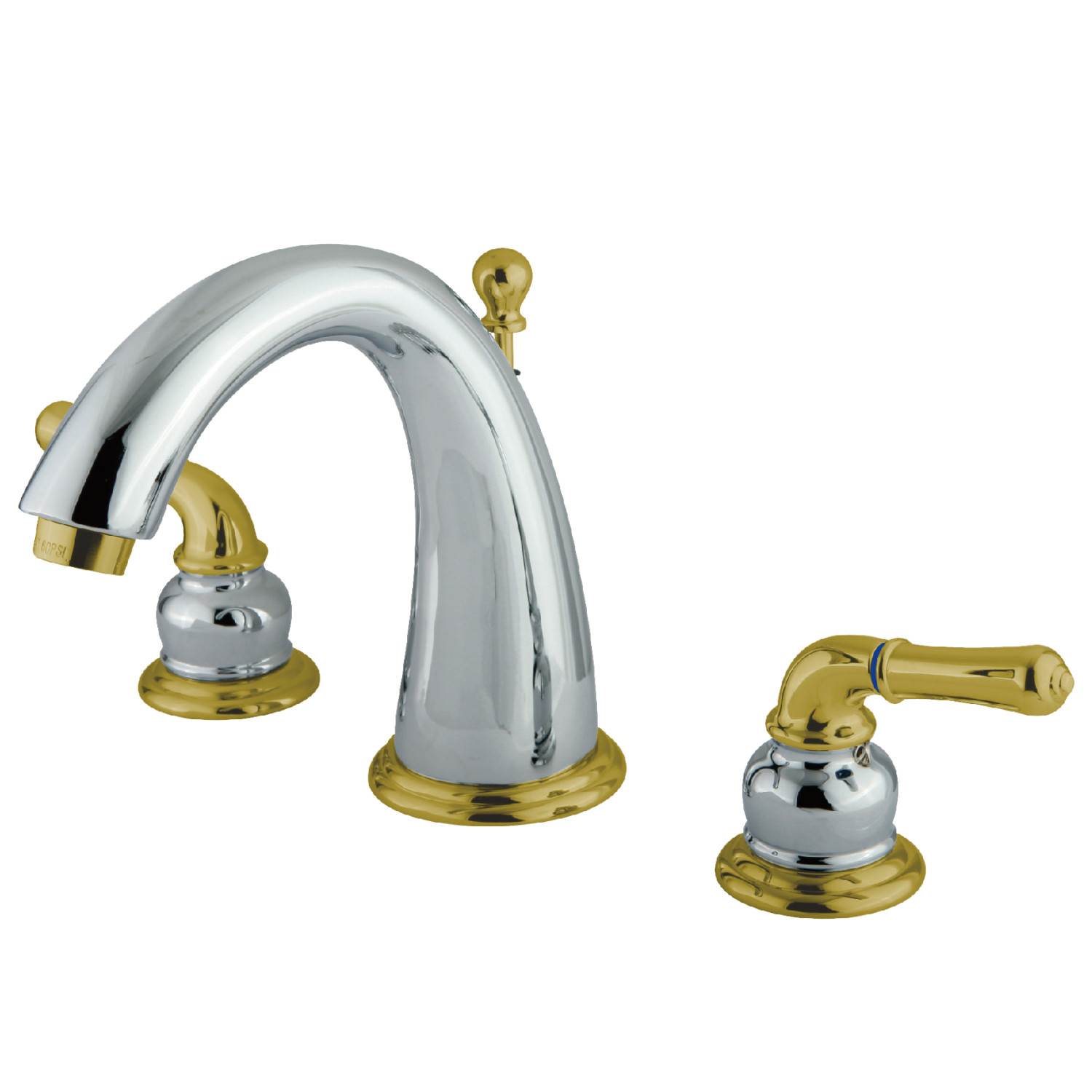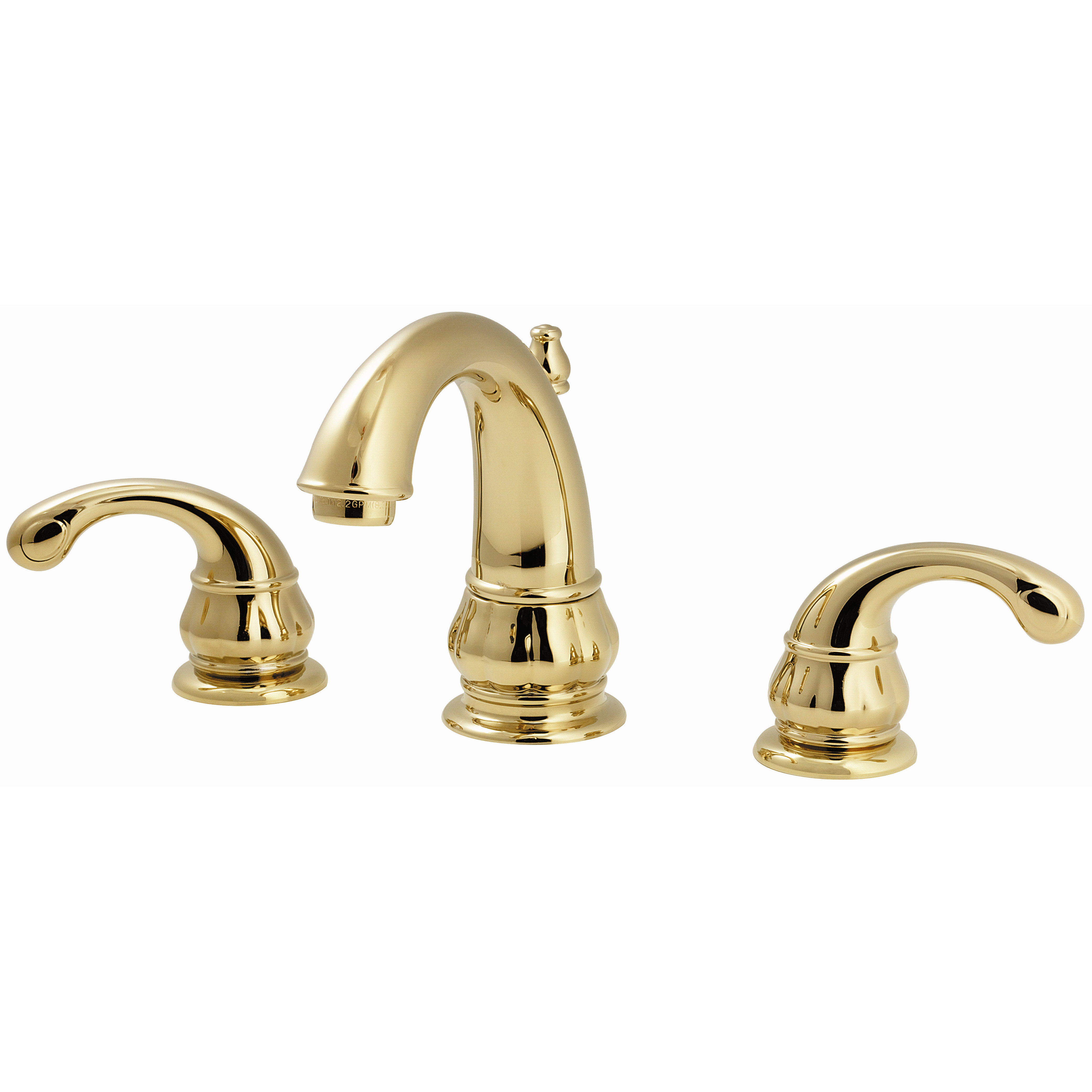Pfister Gold Bathroom Faucet Overview

Pfister, a renowned name in the bathroom fixture industry, offers a diverse range of gold bathroom faucets, catering to various design preferences and budgets. The Pfister Gold bathroom faucet line is characterized by its elegant and sophisticated aesthetics, featuring a wide array of styles and finishes, from traditional to contemporary, and brushed nickel to polished chrome.
Pfister gold bathroom faucet – Pfister has been a leading manufacturer of bathroom fixtures since 1910, establishing a strong reputation for quality, durability, and innovation. The company’s commitment to excellence has earned it widespread recognition and loyalty among homeowners and designers alike. Pfister’s dedication to sustainability is evident in its water-saving technologies and eco-friendly practices, further enhancing its appeal to environmentally conscious consumers.
Target Audience
Pfister Gold bathroom faucets target a broad audience, appealing to homeowners seeking to elevate their bathroom’s style and functionality. The line caters to individuals with diverse aesthetic preferences, offering a range of finishes and designs to complement various bathroom styles. The faucets are designed for both budget-conscious consumers and those seeking premium quality and luxurious finishes.
- Homeowners with a preference for traditional or contemporary bathroom styles: Pfister offers a diverse range of designs to suit various aesthetics, ensuring that homeowners can find the perfect faucet to complement their bathroom’s overall style.
- Individuals seeking a balance of style and functionality: Pfister Gold bathroom faucets combine elegant aesthetics with practical features, such as water-saving technologies and durable construction, providing a balance of form and function.
- Consumers with varying budget constraints: Pfister offers a wide price range, catering to both budget-conscious individuals and those seeking premium quality and luxurious finishes.
Product Features and Benefits

Pfister Gold bathroom faucets offer a range of styles and functionalities to suit diverse bathroom designs and preferences. From single-handle to double-handle configurations, each faucet type provides unique advantages in terms of water control, temperature regulation, and spout reach.
Types of Pfister Gold Bathroom Faucets
Pfister Gold bathroom faucets are available in various styles, each designed to meet specific needs and aesthetic preferences.
- Single-Handle Faucets: These faucets offer a streamlined design with a single lever for controlling both water flow and temperature. This design is ideal for modern bathrooms and provides easy and intuitive control.
- Double-Handle Faucets: These faucets feature separate handles for controlling hot and cold water flow. They are often favored for their traditional aesthetics and allow for precise temperature control.
- Widespread Faucets: Widespread faucets have handles mounted on separate decks, typically spaced 8-16 inches apart. This configuration provides ample space for easy access and control, making it suitable for larger bathroom sinks.
Functionality of Pfister Gold Bathroom Faucets
Pfister Gold bathroom faucets are engineered for optimal performance and user experience. They offer features that ensure smooth water flow, precise temperature control, and convenient spout reach.
- Water Flow Control: Pfister Gold faucets are equipped with ceramic disc cartridges that provide smooth and precise water flow control. This ensures a consistent water stream, preventing sudden bursts or drips.
- Temperature Regulation: Pfister Gold faucets feature temperature control mechanisms that allow for precise temperature adjustment. This ensures a comfortable water temperature for both handwashing and bathing.
- Spout Reach: Pfister Gold faucets offer various spout reaches to accommodate different sink sizes and user preferences. Longer spouts provide ample clearance for filling pitchers or cleaning larger items.
Benefits of the Gold Finish, Pfister gold bathroom faucet
The gold finish on Pfister Gold bathroom faucets offers a unique blend of durability, aesthetic appeal, and resistance to tarnishing.
- Durability: Pfister Gold faucets are built with high-quality materials and finishes that resist scratches, chips, and corrosion. This ensures that the gold finish remains vibrant and intact for years to come.
- Resistance to Tarnishing: Pfister Gold faucets are treated with special coatings that prevent tarnishing and discoloration. This ensures that the gold finish retains its original shine and beauty.
- Aesthetic Appeal: The gold finish adds a touch of elegance and sophistication to any bathroom. It complements a wide range of design styles, from traditional to modern.
Installation and Maintenance: Pfister Gold Bathroom Faucet

Installing a Pfister Gold bathroom faucet is a straightforward process that can be completed with basic tools and some DIY skills. Proper installation ensures the faucet functions correctly and provides a long service life. Routine maintenance and cleaning practices are essential to keep the faucet in optimal condition.
Installation
Installing a Pfister Gold bathroom faucet involves several steps.
- Turn off the water supply. Locate the shut-off valves for the hot and cold water lines to the sink and turn them off.
- Remove the old faucet. Unscrew the old faucet from the sink using a wrench or pliers.
- Prepare the mounting plate. Install the mounting plate provided with the new faucet.
- Connect the supply lines. Connect the hot and cold water supply lines to the faucet using the included fittings. Tighten the connections securely, but avoid overtightening.
- Attach the faucet to the sink. Attach the faucet to the sink using the mounting plate and securing screws.
- Turn on the water supply. Turn on the water supply valves and check for leaks.
- Test the faucet. Test the faucet for proper function, including water temperature, flow rate, and handle operation.
Potential Challenges
- Tight connections. Overtightening the supply lines or faucet mounting screws can damage the components. Use a torque wrench to ensure proper tightening.
- Leaking faucet. Leaks can occur at the supply lines, faucet body, or spout. Check for loose connections or worn-out O-rings.
- Difficult access. Installing a faucet in a tight space can be challenging. Use a mirror and flexible tools to improve visibility.
Safety Precautions
- Turn off the water supply. Always turn off the water supply before working on the faucet to prevent flooding.
- Use proper tools. Use appropriate tools to avoid damaging the faucet or causing injury.
- Be cautious with sharp edges. Be careful of sharp edges on the faucet or tools.
- Avoid electrical contact. Avoid contact with electrical wiring during installation.
Maintenance
- Clean the faucet regularly. Clean the faucet with a soft cloth and mild soap. Avoid abrasive cleaners or chemicals that can damage the finish.
- Remove mineral deposits. If mineral deposits build up on the faucet, use a commercial descaler or a solution of vinegar and water to remove them.
- Lubricate moving parts. Lubricate the faucet handles and other moving parts with a silicone-based lubricant.
- Check for leaks. Regularly check the faucet for leaks at the supply lines, faucet body, or spout.
Troubleshooting
- Low water pressure. Low water pressure can be caused by clogged aerator, partially closed shut-off valves, or a problem with the main water supply.
- Leaky faucet. Leaks can occur at the supply lines, faucet body, or spout. Check for loose connections, worn-out O-rings, or damaged washers.
- Sticking handle. A sticking handle can be caused by mineral deposits, debris, or worn-out parts. Clean the handle and lubricate the moving parts.
- Noisy faucet. A noisy faucet can be caused by a clogged aerator, loose parts, or water hammer.